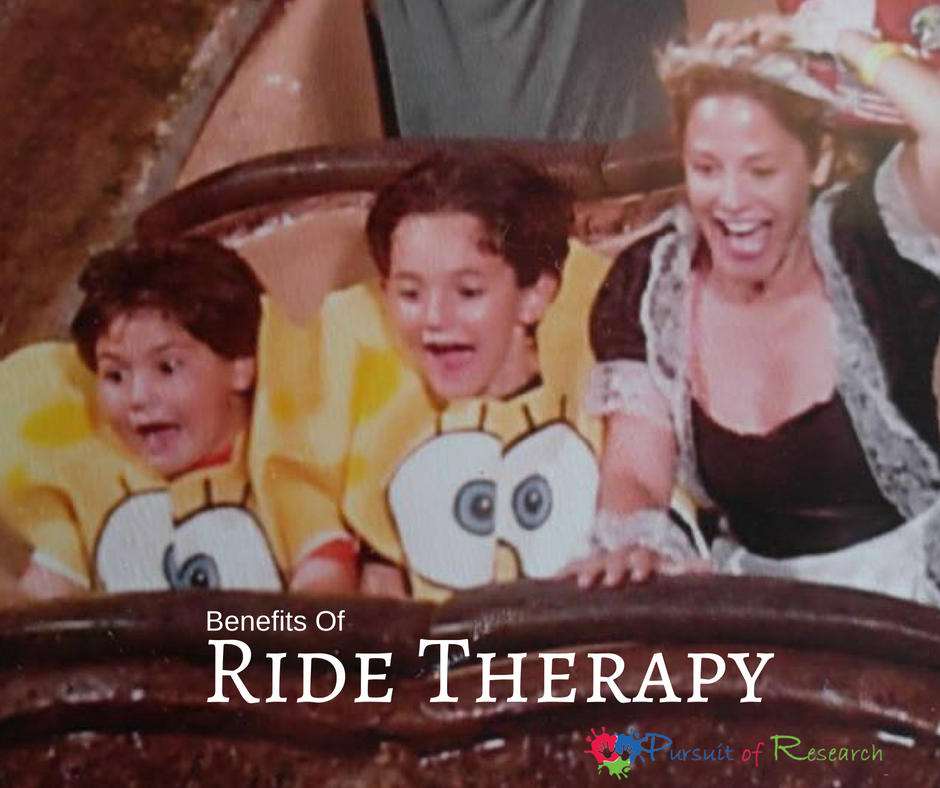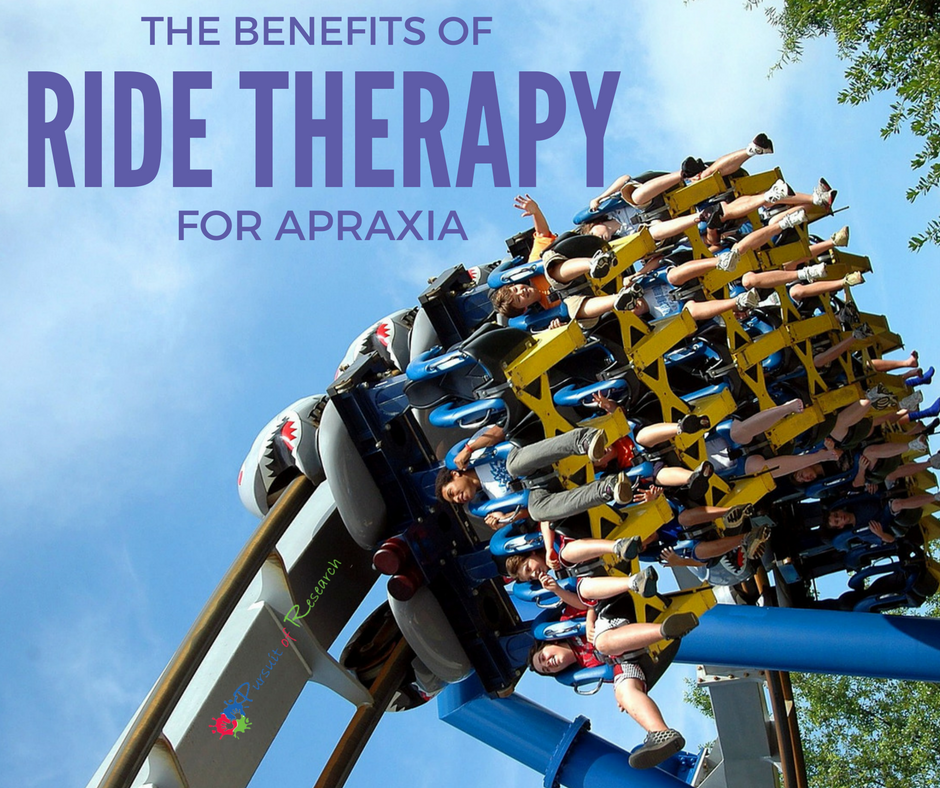It was kind of by accident that I noticed that Tanner’s Mr. Bumpy must of been scared by the rides!
Ride Therapy
There is no official therapy called ride therapy yet. I just call it that because without a doubt everyone including his SLP noticed a surge in Tanner’s speech a day after he went on roller coaster type rides.
Tanner developmental stuttering would come and go and we had nicknamed it Mr. Bumpy. Clearly Mr. Bumpy was not a popular person in our house and we were constantly searching for things Mr. Bumpy hated so he would go away.
The discovery came a bit by mistake. One day we were at Disney World and went on a bunch of rides including some that were a bit larger than he would typically go on, and the next day I noticed that Tanner’s speech appeared both smoother and faster. In other words it appeared as if the motor planning was improved. Well at least temporarily. The results would be great the day after and over a few days would fade away. So results were temporary.
Due to this my theories at the time as to why there was a temporary difference were:
- Stimulation to the vestibular system,
- Release of chemicals such as adrenaline into the body,
- Effects of electro magnetic fields on his neurological function as many of the newer rides use electro magnetic energies.
So Disney and Universal Studios Orlando became our two main theme park “therapy places” A plus of being a Florida resident is they offer a reasonable annual membership cost to the theme parks. So whether it was after school or on the weekends I started taking my boys to the theme parks pretty much weekly to scare off Mr. Bumpy.
The theme parks weren’t just good for scaring away Mr. Bumpy though. I used the theme parks to push Tanner to walk more and more as that was tough for him due to his hypotonia. Poor little bugger at the time would be exhausted even after a few hours at either park when he was little. Tanner would push himself for hours with walking, and onto the rides. I’d encourage him along as his “trainer” by saying things like “Let’s just get to that 3rd tree on the left and then we can sit down. He would occasionally would stop and hold his little legs and say “burn” But I stopped getting a stroller for him as I would rather just have him walk as much as he was able to, and then we’d leave. Tanner was great with the rides and really enjoyed them once he went on them, but he was of course afraid of rides that he never went on before, but he went on them anyway for two reasons. One because he was convinced that Mr. Bumpy hated the rides, so the scarier the better, and he was exhausted so going on a ride was a chance to sit down.
Another way we’d do therapy is screaming on the rides. I noticed that some children with apraxia when little don’t scream the way other kids do. Comes out a bit flat. I’d sit next to Tanner and we’d practice screaming on the rides. Not that I would ever be afraid of any of the rides as roller coasters make me laugh, and if anything I can talk throughout an entire roller coaster ride like a tour guide (and I do) but felt the screaming was a form of therapy too -get those airways to open up. Also as Tanner was dealing with oral as well as verbal apraxia I’d remind him to smile for the camera when we passed it (but that one didn’t always work) We purchased so many ride photos because of Tanner’s awesome face on the rides. Tanner always has in the photos what we now call his “look of terror” Very expressive faces to say the least (which he normally doesn’t have!)

Tanner (far left), Dakota, and me on Splash Mountain
I believe that the Disney Mission Space is the one with the highest G Force, and Tanner appeared to crave that one in particular. I personally preferred the regular roller coasters like The Hulk or Rock N Roller Coaster, but we’d do as many as we could.
If you have a preschool child they won’t be able to go onto the larger roller coasters, but you can try a water park. I’ve heard the same results work with that. NASA and others have been studying the aspects of sensory, G Force etc. on the brain for years, but not sure if anyone has looked at it in regards to communication impairments. At the time Tanner’s SLP Dr. Renai Jonas CCC SLP was so impressed with the temporary changes she saw in Tanner after a day at the parks she wanted to see if she could do a research project with NASA. She was at the time looking into getting a gyroscope for her practice. At the time I joked about building a roller coaster in my backyard. Neither of us did that.
Perhaps one day someone will figure out why we saw progress with the rides/motion. Until then, based on what happened with Tanner and feedback from others I recommend you try it, Worst that could happen is no change in speech, but you’ll all have fun no matter what.
Apraxia First, and now Stuttering Too
LISA GENG

I found this article very informative. I gave an 12 year old with Apraxia. Now he us blooming, talking, his world is changing and out of the blue his studdering. Reading this article helped me understand both my sons frustration and our need for more patience! Thank You